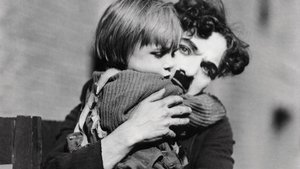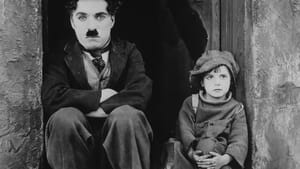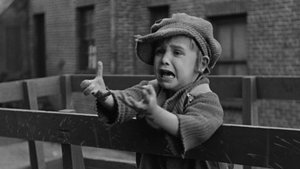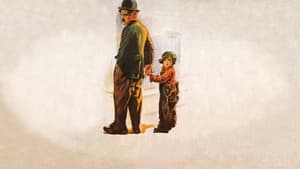Video Sources 0 Views
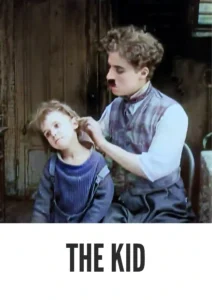
Synopsis
Rediscover a Masterpiece: “The Kid” (1921) Fully Colorized in HD

Step back in time and witness Charlie Chaplin’s timeless classic, “The Kid,” as you’ve never seen it before. This meticulously colorized version breathes new life into the 1921 silent comedy-drama, offering a viewing experience that bridges the gap between cinematic history and modern technology. Perfect for classic film enthusiasts and digital collectors, this HD download allows you to own a piece of film history, reimagined for today’s screens.
A Story That Transcends Time
“The Kid,” originally titled The Kid, is a heartwarming story of love, loss, and the unbreakable bond between a Tramp and an orphaned child . Written, produced, directed, and starring Charlie Chaplin, alongside Jackie Coogan, this film marked Chaplin’s first full-length feature and solidified his status as a cinematic genius .The movie follows the Tramp (Chaplin), who discovers an abandoned baby25. After initial hesitation, he takes the child in and names him John (played by Jackie Coogan)2. Together, they navigate the challenges of poverty, finding inventive ways to survive and forming a deep, familial connection . The duo becomes inseparable, with the Kid contributing to their livelihood through a window-breaking scheme that the Tramp then “innocently” fixes .However, their idyllic life is threatened when the Kid’s estranged mother, now a wealthy actress, returns and seeks to reclaim her son2. The ensuing events test the strength of the Tramp and the Kid’s bond, leading to a poignant and ultimately uplifting resolution .
The Genius of Chaplin and Coogan
- Charlie Chaplin: The iconic Tramp, a symbol of resilience and hope in the face of adversity25. Chaplin’s performance is a masterclass in physical comedy and emotional depth .
- Jackie Coogan: As the Kid, Coogan delivers a remarkable performance that captures the hearts of audiences . His chemistry with Chaplin is undeniable, making their on-screen relationship believable and deeply moving26.
- Edna Purviance: As the Mother, Purviance brings a touching vulnerability to her role24. Her character’s journey from desperation to redemption adds another layer of emotional resonance to the film .
Why “The Kid” Still Matters
“The Kid” is more than just a film; it’s a cultural artifact that reflects the social and economic realities of the early 20th century . Shot during the economic depression of the 1920s, the film poignantly depicts the struggles of the lower class while celebrating the resilience of the human spirit24.Chaplin’s innovative blend of comedy and drama broke new ground in filmmaking2. “The Kid” seamlessly weaves together hilarious antics with moments of profound emotion, creating a viewing experience that is both entertaining and thought-provoking .
The Magic of Colorization
This colorized version of “The Kid” has been carefully crafted to enhance the viewing experience while preserving the film’s original integrity. The addition of color brings a new level of depth and detail to the visuals, allowing viewers to appreciate the artistry of the cinematography in a way that was not possible with the original black and white print.The colorization process was undertaken with a deep respect for the film’s historical significance. Every effort was made to ensure that the colors are accurate to the period and that they enhance, rather than detract from, the film’s overall aesthetic.
Technical Specifications
- Download Format: MP4
- Resolution: HD (1920×1080)
- Compatibility: Compatible with all modern devices (smartphones, tablets, computers, smart TVs)
Own a Piece of Cinematic History Today!
Don’t miss this opportunity to own a beautifully restored and colorized version of Charlie Chaplin’s “The Kid.” Download your copy today and experience a timeless classic like never before. This HD version is perfect for enjoying on your favorite devices and sharing with friends and family.
Download “The Kid” (1921) Colorized in HD now!
